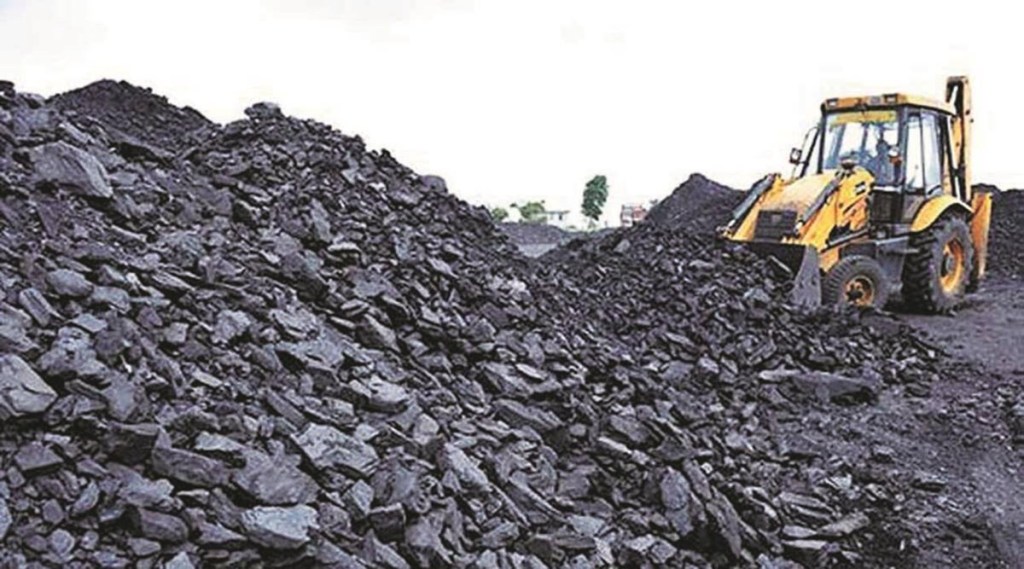The US Supreme Court has recently curbed the powers of the country’s environment regulator, the Environmental Protection Agency (EPA), to mandate reduction of greenhouse gas (GHG) emissions under the Clean Power Plan (CPP). While the Clean Air Act empowered it to put in place the “best system of emission reduction”, the court ruled that the EPA had not been explicitly delegated powers by the Congress to implement the CPP. This means it will be harder for the Biden administration to move the needle on lowering the US’s GHG emissions, even though it aims to halve this from 2005 levels by the end of the decade. The CPP was seen by the rest of the world as the US pivoting towards meaningful emission control, after having made bolder climate action commitments compared to the past at the Paris climate summit. Under the plan, states would have had to contend with mandates to reduce emissions from coal-fired power plants by improving their efficiency and pushing natural gas use for generation and renewables adoption. However, it had soon run into hurdles, in the courts and from the executive once climate-sceptic Donald Trump became the president. States with significant coal-capacity baulked at the idea of such controls, fearing a hit to jobs and the coal industry.
After peaking in 2007, coal-fired electricity in the US, by 2020, had fallen to levels last seen in the early 1970s; this had been achieved on the back of growing natural gas and renewables adoption, though the delta was sharply higher for the former. However, coal had inched back last year given the rise in natural gas prices. With these prices likely to stay elevated and given the apex American court’s latest challenge for the regulator, it is not hard to imagine a scenario where the US’s dependence on coal rises with dire consequences for global emissions. To be sure, the Biden administration and the current EPA leadership have promised to explore all avenues to work on reducing emissions. But convincing the US Congress to make relevant changes to the law seems a herculean task at the moment.
The US is currently the second-largest absolute emitter of GHGs and the sixth-largest per capita emitter. With the clipping of the EPA’s wings, it has become even more important for the Biden administration, which had steered the country away from the disastrous course the Trump administration had set it on, to assert itself on meaningful climate action. To that end, it needs to push carbon capture and sequestration in general, and by coal-fired plants in particular. Given the costs, a pushback from coal power would indeed be very likely, but there has to be creative interventions here. Deterrent carbon taxation could be another option that the US could consider. The crux is that the US, which ranks 43rd out of 180 nations in the flawed Environment Performance Index, needs to act fast to contain the fallout of the muzzling of the EPA. Its growth path, along with Europe’s, shrank the carbon space for the developing world—as per Our World in Data, till 2019, it accounted for 25% of the cumulative (from the mid-18th century) CO2 emissions globally. It, along with other developed nations, has failed the Green Climate Fund so far. At the very least, it must ensure that it doesn’t fail to address the fallout of the Supreme Court ruling.
